Education reforms: Enforcement, foresight issues termed hindrances
Only two provinces have enforced Article 25-A, which mandates education for children aged 5-16.
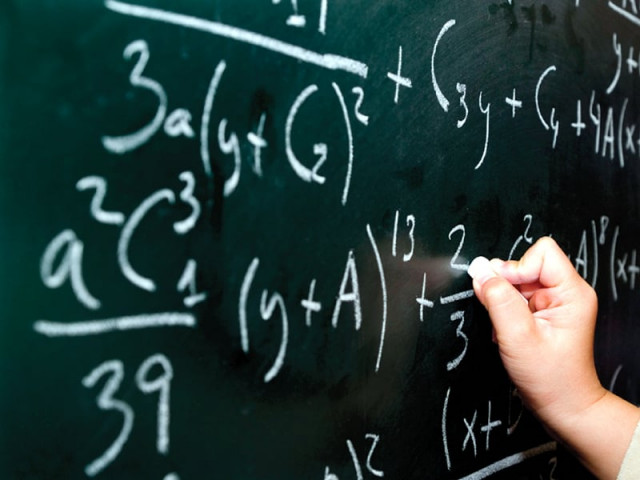
Only two provinces have enforced Article 25-A, which mandates education for children aged 5-16. PHOTO: FILE
A lack of vision on the part of Pakistan’s authorities is the biggest hindrance to educational reforms in the country, according to Institute of Social and Policy Sciences (I-SAPS) Executive Director Dr Salman Humayun. He was speaking at a workshop on Education Reforms: Interpreting Data and Budget on Monday at a local hotel.
Commenting on the alarming state of education in Pakistan, Humayun said a meager Rs400 billion was being invested every fiscal year, with 95 per cent of funding coming from public coffers. Of this, 4.2 per cent were international donor grants.
Humayun said the authorities were displaying no urgency to address the issue, confirming that only two provinces had thus far enforced Article 25-A, which dictates that the state is responsible for ensuring all children aged five to 16 years receive their education.
He added that the country spent 34 per cent of development assistance funds on higher education, 41 per cent on primary education and a paltry 1.8 per cent on secondary education.
According to the Annual Status of Education Report 2012, the drop-out rate for students aged 14 to 16 in Punjab’s schools was 18.5 per cent, while corresponding figures for Sindh, AJK, K-P and G-B and Fata were 19.7, 9.1, 11, 6.8 and 11.2 per cent respectively.

The statistics clearly indicated that poor spending on secondary education was directly proportional to the worryingly high drop-out rates of students of this age-group across the country.
“In the Musharraf era, Rs55 billion were allocated for education but only Rs9 billion were released,” said Consumer Rights Commission of Pakistan Programme Co-ordinator Rabia Shabbir.
Humayun took on the Danish School System, initiated by previous government of Pakistan Muslim League-Nawaz in Punjab. “We can debate multiple policy options for it as they could have upgraded 660 schools from primary to middle,” he added. The lavish scheme cost Rs16,400 per student per month while student of the government cost only Rs 1,600 per month (national average), ED I-SAPS observed.
Later, Riawana Shabbir, research fellow at I-SAPS also talked on budget tracking and its significance and techniques.
Published in The Express Tribune, May 21st, 2013.

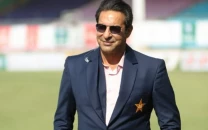
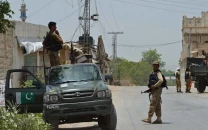


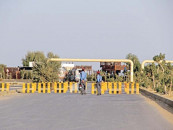
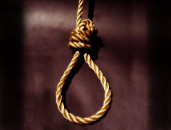












COMMENTS
Comments are moderated and generally will be posted if they are on-topic and not abusive.
For more information, please see our Comments FAQ